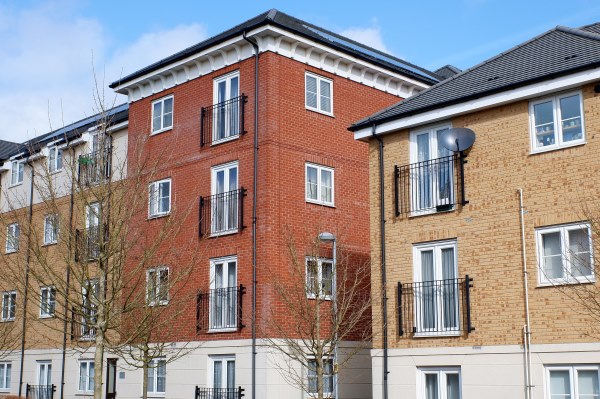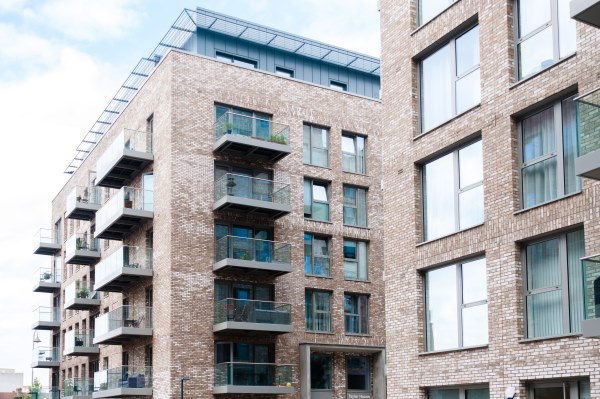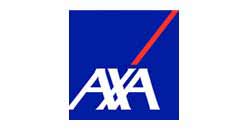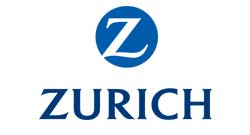
Insuring a block of flats presents unique challenges that are not typically encountered with traditional homeowners’ insurance policies. When multiple units within a building are owned by different individuals or entities, determining coverage for the shared structure and its contents can become complicated.
Without the proper insurance policy in place, owners and managers risk being left vulnerable to financial loss in the event of damage or destruction to the building or its common areas. This is particularly concerning for residential blocks, where the livelihoods and assets of numerous individuals are often at stake. Therefore, it is essential to understand the importance of securing a comprehensive block of flats insurance policy that addresses these concerns and provides adequate protection for all parties involved.
Why Do You Need Block of Flats Insurance?
A standard homeowners’ policy may not cover damages to the building itself, leaving the owner exposed to significant financial loss. For example, if a fire were to spread throughout the building, a traditional homeowners’ policy might only cover the damage to the individual unit, but not the structural damage to the building. This could leave the owner responsible for costly repairs or even total rebuilding of the structure. Additionally, without adequate insurance coverage, owners may be held personally liable for injuries or property damage sustained by others in the building, such as tenants or visitors. This could result in devastating financial consequences, including lawsuits, fines, and even bankruptcy.
Furthermore, lack of sufficient insurance coverage can also impact the ability to secure financing or attract new tenants, making it difficult to maintain the building’s occupancy and profitability. By investing in a comprehensive block of flats insurance policy, owners can mitigate these risks and ensure they are protected against unforeseen events.
What Does a Block of Flats Insurance Policy Cover?
 A block of flats insurance policy is designed to protect the interests of the building’s owners, managers, and residents. It typically includes several key components that work together to provide comprehensive coverage for the building and its contents. This includes coverage for damage or loss due to a wide range of risks, such as fire, storms, floods, earthquakes, and subsidence. This coverage is usually offered on an “all risks” basis, meaning that it covers any damage or loss that occurs unexpectedly and accidentally, unless specifically excluded in the policy.
A block of flats insurance policy is designed to protect the interests of the building’s owners, managers, and residents. It typically includes several key components that work together to provide comprehensive coverage for the building and its contents. This includes coverage for damage or loss due to a wide range of risks, such as fire, storms, floods, earthquakes, and subsidence. This coverage is usually offered on an “all risks” basis, meaning that it covers any damage or loss that occurs unexpectedly and accidentally, unless specifically excluded in the policy.
In addition to building coverage, a block of flats insurance policy also typically includes loss of rental income coverage. This provision helps to offset the financial impact of a covered event that renders the building uninhabitable, allowing the owner to continue receiving rent payments while repairs are underway. Another important component of a block of flats insurance policy is the landlord’s fixtures and fittings coverage. This coverage protects the landlord’s personal property, such as built-in appliances, carpets, curtains, and lighting, that are included in the rented units.
The contents of the common parts of the building, such as hallways, stairwells, lifts, and laundry facilities, are also typically covered under a block of flats insurance policy. This coverage protects against damage or loss to these areas, which are shared by all residents. Property owner’s liability coverage is another crucial aspect of a block of flats insurance policy. This provision protects the building’s owner or manager against claims arising from accidents or injuries that occur on the premises, such as slips and falls. It can also help to cover the cost of defending against such claims.
Legal expenses coverage, including legal fees for the removal of squatters, is another important feature of a block of flats insurance policy. This coverage helps to protect the building’s owner or manager against the costs associated with evicting unwanted occupants. Finally, replacement locks coverage can help to ensure that the building remains secure in the aftermath of a covered event. This provision covers the cost of replacing locks, keys, and other security devices to prevent unauthorised access to the building.
Who Needs Block of Flats Insurance?
Block of flats insurance is essential for anyone who has an interest in a multi-unit dwelling. This includes residents’ associations, small management committees, leaseholders, and owners of flats in a block. Each of these groups has a vested interest in ensuring that the building and its contents are properly protected against damage or loss.
For residents’ associations, block of flats insurance can provide peace of mind knowing that their homes and belongings are safeguarded. In the event of a disaster, such as a fire or flood, the association can use the insurance proceeds to repair or replace damaged property, minimising the impact on residents. Small management committees, which are responsible for overseeing the day-to-day operations of the building, also benefit from block of flats insurance. The policy can cover the cost of repairs or maintenance, reducing the financial burden on the committee and ensuring that the building remains safe and habitable.
Leaseholders, who own their individual units but not the underlying land, need block of flats insurance to protect their investment. A policy can cover the value of the unit, as well as the contents inside, providing financial security in the event of damage or loss. Lastly, owners of flats in a block also require block of flats insurance to safeguard their assets. The policy can cover the value of the flat, as well as the communal areas and contents, providing complete protection for their investment.
How to Choose the Right Block of Flats Insurance Policy
 Choosing the right block of flats insurance policy requires careful consideration of several factors. The first step is to determine the level of coverage required, based on the value of the building, the number of units, and the extent of the common areas. Next, consider the premium costs and deductible amount, as well as any additional features and riders that may be available. Additionally, carefully review the policy documents and check for any exclusions or limitations that may apply. Make sure you understand what is covered and what is not, and consider adding additional riders or endorsements to fill any gaps in coverage.
Choosing the right block of flats insurance policy requires careful consideration of several factors. The first step is to determine the level of coverage required, based on the value of the building, the number of units, and the extent of the common areas. Next, consider the premium costs and deductible amount, as well as any additional features and riders that may be available. Additionally, carefully review the policy documents and check for any exclusions or limitations that may apply. Make sure you understand what is covered and what is not, and consider adding additional riders or endorsements to fill any gaps in coverage.
In summary, having a comprehensive block of flats insurance policy offers numerous benefits for residents, landlords, and property managers. It provides financial protection against damage or loss to the building and its contents, as well as liability coverage for accidents that may occur on the premises. Additionally, it can help to reduce the risk of disputes between neighbours and ensure that everyone is adequately compensated in the event of a claim.
If you do not already have a block of flats insurance policy in place, now is the time to consider purchasing one. Review your current insurance coverage and assess whether it provides the level of protection you need. Consult with us at Goldcrest Insurance to determine the best course of action for your specific situation. Don’t wait until it’s too late – take proactive steps to protect yourself and your property today.




